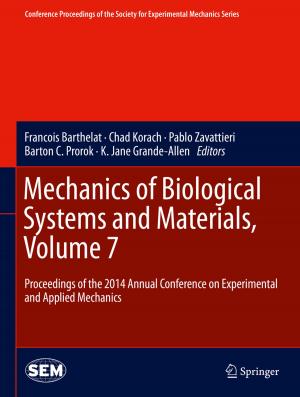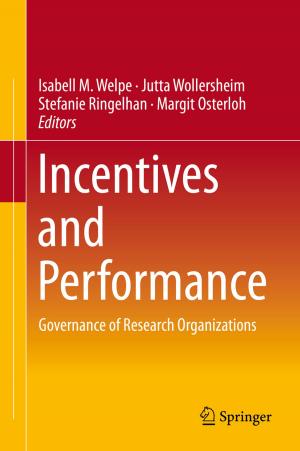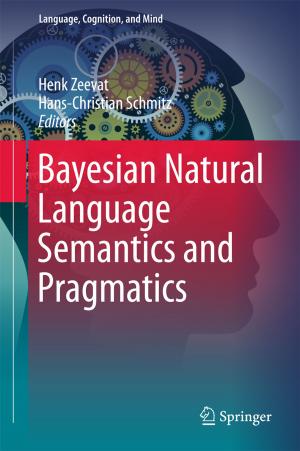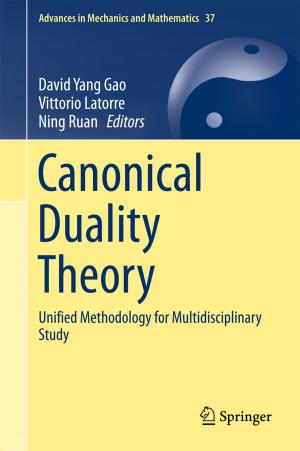Tensor Algebra and Tensor Analysis for Engineers
With Applications to Continuum Mechanics
Nonfiction, Science & Nature, Science, Physics, Mechanics, Mathematics, Geometry, Technology| Author: | Mikhail Itskov | ISBN: | 9783319163420 |
| Publisher: | Springer International Publishing | Publication: | March 25, 2015 |
| Imprint: | Springer | Language: | English |
| Author: | Mikhail Itskov |
| ISBN: | 9783319163420 |
| Publisher: | Springer International Publishing |
| Publication: | March 25, 2015 |
| Imprint: | Springer |
| Language: | English |
This is the fourth and revised edition of a well-received book that aims at bridging the gap between the engineering course of tensor algebra on the one side and the mathematical course of classical linear algebra on the other side. In accordance with the contemporary way of scientific publications, a modern absolute tensor notation is preferred throughout. The book provides a comprehensible exposition of the fundamental mathematical concepts of tensor calculus and enriches the presented material with many illustrative examples. In addition, the book also includes advanced chapters dealing with recent developments in the theory of isotropic and anisotropic tensor functions and their applications to continuum mechanics. Hence, this monograph addresses graduate students as well as scientists working in this field. In each chapter numerous exercises are included, allowing for self-study and intense practice. Solutions to the exercises are also provided.
This is the fourth and revised edition of a well-received book that aims at bridging the gap between the engineering course of tensor algebra on the one side and the mathematical course of classical linear algebra on the other side. In accordance with the contemporary way of scientific publications, a modern absolute tensor notation is preferred throughout. The book provides a comprehensible exposition of the fundamental mathematical concepts of tensor calculus and enriches the presented material with many illustrative examples. In addition, the book also includes advanced chapters dealing with recent developments in the theory of isotropic and anisotropic tensor functions and their applications to continuum mechanics. Hence, this monograph addresses graduate students as well as scientists working in this field. In each chapter numerous exercises are included, allowing for self-study and intense practice. Solutions to the exercises are also provided.















